1.d4 Gambits: 3 Chess Openings to Know
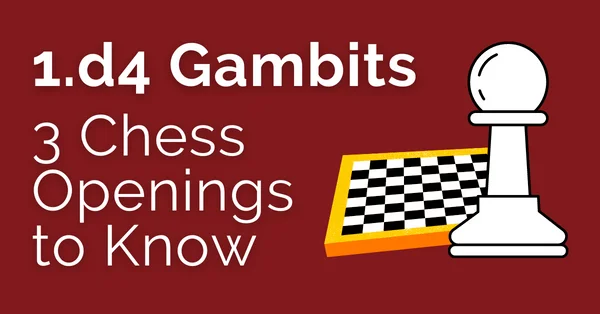
1.d4 gambits are some of the most important gambits in chess. When it comes to opening preparation, it makes sense to devote more time to more popular variations. This way, you can be better prepared in the lines that are more likely to happen in your games. On the other hand, it makes you more vulnerable when facing off-beat opening variations. Many tricky players try to exploit that and choose to play unconventional openings.
To avoid falling victim to such an approach, you should have something in mind against any opening your opponent may try. This may sound like something impossible, but you can learn everything essential step by step. It is especially important to be ready to face different gambits. It is hard to deal with them over the board with no prior preparation.
If you are a Queen’s Gambit player, probably you devote most of your time to the openings like the Queen’s Gambit Declined, the Slav Defense, the Nimzo-Indian, and the King’s Indian Defense. Yet, you should be ready to face less popular options as well. In this article, we will discuss three openings that could possibly catch you off-guard: the Albin Countergambit, the Budapest Gambit, and the Queen’s Gambit Accepted.
The Albin Countergambit
Part 1
Imagine you start a game with the Queen’s Gambit: 1.d4 d5 2.c4. Your opponent moves their hand towards the e-pawn and touches it. You expect to see the move 2…e6 (the Queen’s Gambit Declined), and mentally prepare yourself for launching a minority attack at some point. Yet, you get back from your thoughts to reality and see the Black pawn on e5 – 2…e5.
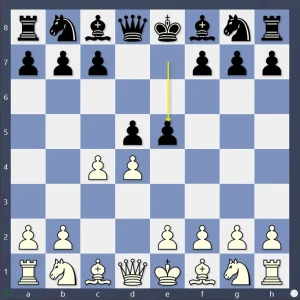
This surprising move was played by Adolf Albin against Emanuel Lasker in New York in 1893. Now it is known as the Albin Countergambit. It is a tricky and active way of meeting the Queen’s Gambit. It is not common at the highest level, although GM Alexander Morozevich has had some success with it.
After 3.dxe5 d4, we get to the main position of the opening:
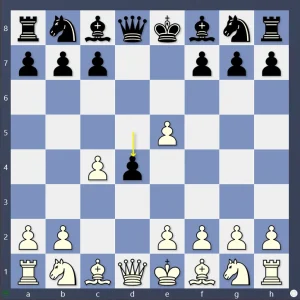
So far, it doesn’t seem obvious what Black gave the pawn for. If we look at the position closer, we can notice that the d4-pawn is actually quite annoying for White, and it is not a simple task to complete the development. At the same time, Black’s pieces are ready to enter the game, and the e5-pawn can be attacked easily.
One of the most natural moves for White now is 4.e3. But it runs into a very unpleasant check 4…Bb4+. After 5.Bd2, Black can actually continue with 5…dxe3.
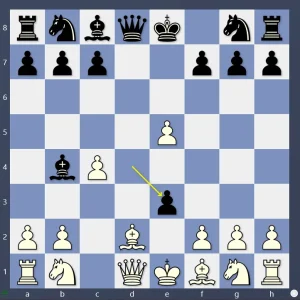
Part 2
Taking back with a pawn would leave White with a ruined pawn structure, whereas 6.Bxb4 allows a nice sequence: 6…exf2+ 7.Ke2 (otherwise White would hang the queen on d1)
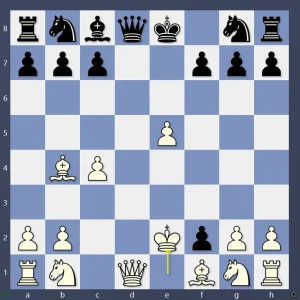
7…fxg1N+! That’s the key! Black promotes with a check so that White doesn’t have time to exchange the queens. Now 8.Rxg1 runs into 8…Bg4+, whereas 8.Ke1 is still disastrous after 8…Qh4+ 9.Kd2 Nc6. Black is winning in all the variations.
This variation illustrates what can happen if you enter gambits with no prior knowledge. Now let’s look at some better options for White.
After 4.Nf3 Nc6, White has a choice.
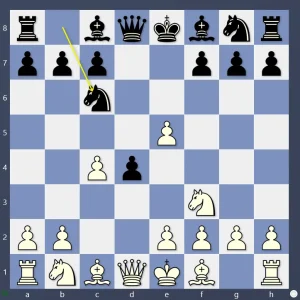
Traditionally, the main move is 5.g3. White plans to fianchetto the bishop and castle, and only then see what to do with the queenside. Now Black has two main plans: developing the light-squared bishop and castling queenside or trying to eat the pawn on e5 with …Nge7-Ng6. The first plan leads to a sharp play with opposite-side attacks. The second plan leads to calmer positions with some advantages for White.
Another logical option is to play 5.a3. This move stops Black’s ideas connected with the check on b4 and thus, enables e2-e3. Also, White now can play b2-b4, grabbing space on the queenside and trying to win the d4-pawn.
Let’s also mention 5.Nbd2. The idea is to reroute the knight to b3 and attack the pawn on d4 immediately. After 5…Nge7 6.Nb3 Ng6 7.Nbxd4 Ngxe5 8.Nxe5 Nxe5 9.e3 Bc5, Black has some compensation for the sacrificed pawn, but overall White is better.
1.d4 Gambits: The Budapest Gambit
Another surprising idea is the Budapest Gambit. It starts after 1.d4 Nf6 2.c4 e5.
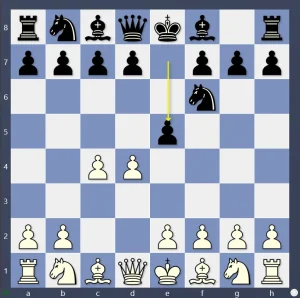
Now after 3.dxe5 Ng4, Black is planning to regain the pawn and organize an active piece play in the center and the kingside.
One of the main opening traps here is 4.Nf3 d6 5.exd6 Bxd6 6.h3?? Nxf2.
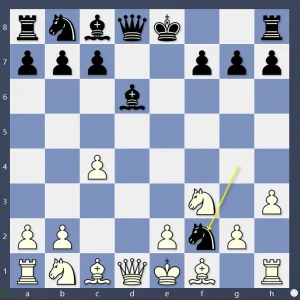
After 7.Kxf2 Bg3+, White loses the queen. Instead, White could overprotect the queen on d1 with 6.Nc3 and remain a healthy pawn up.
For Black, after 4.Nf3, it was better to play 4…Bc5 5.e3 Nc6, trying to get the pawn back. Overall, these positions tend to be better for White, but Black’s activity can be quite annoying in practice.
On move 4, White has other options. 4.Bf4 is logical. Now after 4…Bc5 5.e3, White’s bishop is not stuck on c1. Black usually continues with 4…Nc6 5.Nf3 Bb4+ 6.Nc3 Bxc3 7.bxc3 Qe7 8.Qd5 f6
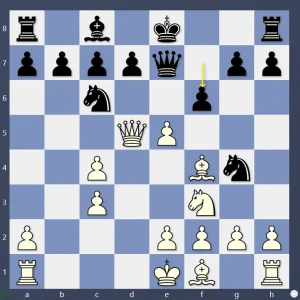
White should take on f6, retreat the queen to d3 and then fianchetto their light-squared bishop. Black has some compensation for the sacrificed pawn, but White’s chances are still higher.
The most ambitious ways of playing against the Budapest Gambit for White are 4.e3 and 4.e4. The idea is not to hold onto the pawn on e5, but instead quickly grab the center with the e- and f-pawns. This approach, once again, requires precise knowledge from White.
Want to know more about the Budapest Gambit? Look at the TCW Academy course with GM Marian Petrov.
The Queen’s Gambit Accepted
Lastly, let’s discuss what happens if Black accepts your Queen’s Gambit: 1.d4 d5 2.c4 dxc4.
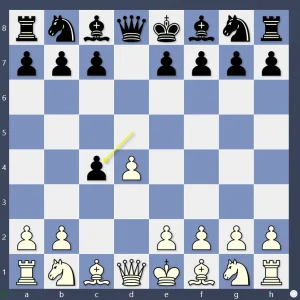
The easiest way to get the pawn back is to play 3.e3. Now it is well-known that Black can’t save the pawn with 3…b5. After 4.a4 c6 5.axb5 cxb5, White wins the game with 6.Qf3.
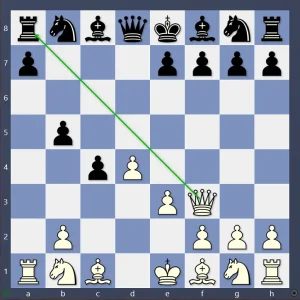
There is no way for Black to save the rook. Therefore, it was better to give up the c4-pawn back and focus on development.
For example, 3.e3 Nf6 4.Bxc4 e6 5.Nf3 c5:
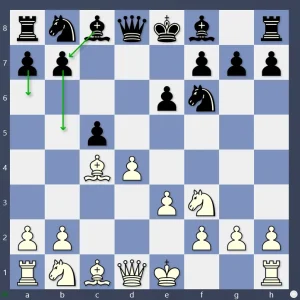
Black is usually very solid in the arising positions. Quite often White takes on c5 and transfers the game into a bit better endgame.
If White looks for a sharper game, they can try 3.e4.
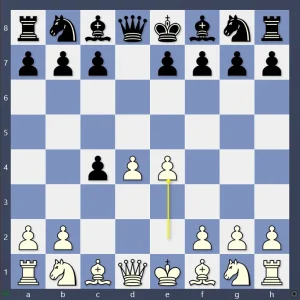
This move requires more knowledge from both sides. First of all, Black has a lot of moves: 3…e5, 3…Nf6, 3…Nc6, 3…c5, and 3…b5. White should know how to react to each of them. Secondly, the lines can get really sharp. Let’s look at one of the trendiest lines of the Queen’s Gambit Accepted: 3…b5.
After 4.a4 c6 5.axb5 cxb5 6.Nc3 Qb6, the following position arises:
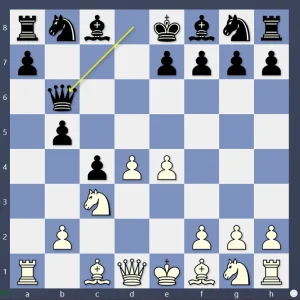
The position is super complicated. White has a broad choice. One of the main options is 7.Nd5, and it leads after 7…Qb7 8.Bf4 e5! 9.Bxe5 Nd7 10.Bf4 Ngf6 11.Nc7+ Kd8 12.Nxa8 Qxe4+ 13.Ne2 Qxa8
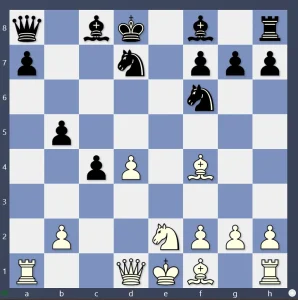
Such an unclear and double-edged position!
There were many grandmaster games with this line and the theory still goes on from here… It is one of the lines that should be marked with warning signs. So you either prepare well for it or do not enter it at all.
Want to know more about QGA? Look at the 7 Greatest Games. We also recommend viewing 10 Reasons to Play the King’s Gambit.
1.d4 Gambits: Conclusion
It is always possible to reduce the amount of studying by playing simple lines and rejecting gambits, but it doesn’t sound like a good path for improvement. To get better at chess, it is important to expose yourself to different ideas and study how to navigate different types of positions.
The Albin Countergambit and the Budapest Gambit are interesting openings that require some knowledge from White.
Of course, you can choose the safest lines against these openings, but investing time into understanding the arising positions can improve your overall play. There is a similar dilemma with the Queen’s Gambit Accepted. White can play safe or go for something more ambitious and complicated.
https://thechessworld.com/store/product/countering-1-d4-gambits-with-gm-jacek-stopa/










Comments: